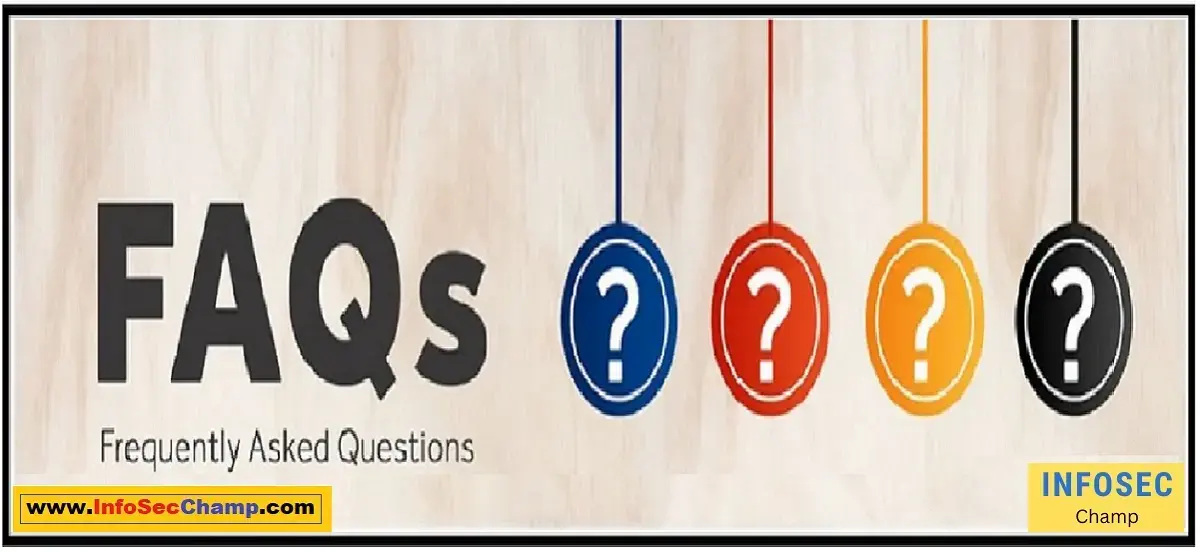In the rapidly evolving digital landscape, businesses are facing unprecedented security challenges. Zero Trust Cybersecurity has emerged as a crucial strategy to protect sensitive data and assets from cyber threats. This innovative approach to data security is transforming the way organizations protect their networks and manage access control.
With traditional security measures proving to be insufficient against sophisticated cyber attacks, Zero Trust Cybersecurity offers a comprehensive solution by adopting a “never trust, always verify” approach. This ensures that every user, device, and network connection is authenticated and authorized before granting access to resources. As a result, organizations can significantly reduce the risk of data breaches and enhance their security posture in an increasingly connected world.
The Core Principles of Zero Trust Cybersecurity
- Verify and authenticate: Ensure all users, devices, and network connections are verified before granting access.
- Least privilege access: Grant minimal permissions necessary for users to perform their tasks, reducing the potential attack surface.
- Micro-segmentation: Divide the network into smaller, isolated segments to limit the spread of potential breaches.
- Continuous monitoring: Implement real-time monitoring of user activity, network traffic, and potential threats.
- Data Security Platform: Utilize advanced solutions to protect sensitive data at rest and in transit.
- Identity and Access Management: Implement robust identity management and access control mechanisms to manage user permissions.
Implementing Zero Trust Cybersecurity: A Step-by-Step Guide
- Step 1: Assess current security posture and identify gaps in existing infrastructure.
- Step 2: Develop a comprehensive Zero Trust Cybersecurity strategy, incorporating the Global Cybersecurity Market’s best practices.
- Step 3: Implement identity and access management solutions to verify user identities and enforce strict access controls.
- Step 4: Utilize network access control technologies to monitor and regulate traffic within the network.
- Step 5: Adopt micro-segmentation techniques to isolate sensitive data and limit potential attack vectors.
- Step 6: Deploy continuous monitoring tools to detect and respond to potential threats in real-time.
- Step 7: Regularly review and update the Zero Trust Cybersecurity strategy to adapt to the evolving threat landscape.
How Zero Trust Cybersecurity Mitigates Modern Security Threats
- Insider threats: By enforcing strict access controls and continuous monitoring, Zero Trust Cybersecurity minimizes the risk posed by malicious insiders.
- Phishing and social engineering: Zero Trust Cybersecurity’s strong authentication mechanisms reduce the success rate of phishing attacks.
- Advanced Persistent Threats (APTs): Through micro-segmentation and continuous monitoring, Zero Trust Cybersecurity can help detect and contain APTs within the network.
- Ransomware: By limiting access to sensitive data and regularly backing up critical information, Zero Trust Cybersecurity helps minimize the impact of ransomware attacks.
- Supply chain attacks: Implementing robust access controls and monitoring third-party access can reduce the risk of supply chain attacks.
The Role of AI and Machine Learning in Zero Trust Cybersecurity
- Anomaly detection: AI and ML can analyze large volumes of data to identify unusual patterns, indicating potential security threats.
- Risk assessment: Machine learning algorithms can help assess user risk levels and dynamically adjust access permissions.
- User behavior analysis: AI can analyze user behavior patterns to detect potential insider threats or compromised accounts.
- Adaptive authentication: AI-driven systems can implement risk-based authentication mechanisms that adapt to the user’s context and behavior.
- Threat intelligence: AI and ML can process vast amounts of threat intelligence data, improving the organization’s overall security posture.
Key Challenges and Solutions in Adopting Zero Trust Cybersecurity
- Challenge: Complex implementation – Solution: Develop a phased implementation plan and seek expert guidance.
- Challenge: Resistance to change – Solution: Promote a security-aware culture and provide training on the benefits of Zero Trust Cybersecurity.
- Challenge: Legacy systems – Solution: Prioritize upgrading or replacing outdated systems that are incompatible with Zero Trust principles.
- Challenge: Cost concerns – Solution: Evaluate the long-term benefits of improved security posture and reduced risk of data breaches.
- Challenge: Scalability – Solution: Choose scalable Zero Trust Cybersecurity solutions that can grow with the organization’s needs.
Case Studies: Success Stories of Zero Trust Cybersecurity Implementation
- Case Study 1: A financial institution successfully implemented Zero Trust Cybersecurity, resulting in reduced risk of data breaches and improved regulatory compliance.
- Case Study 2: A healthcare organization adopted a Zero Trust approach, which led to better protection of sensitive patient data and compliance with industry regulations like HIPAA.
- Case Study 3: A large enterprise embraced Zero Trust Cybersecurity, significantly reducing the impact of insider threats and enhancing overall network security.
- Case Study 4: A technology company implemented Zero Trust principles, improving its ability to detect and respond to Advanced Persistent Threats (APTs) targeting its intellectual property.
- Case Study 5: A government agency deployed a Zero Trust Cybersecurity strategy, resulting in a more secure infrastructure that could better withstand cyber attacks from nation-state adversaries.
Conclusion:
In today’s highly connected digital environment, organizations face an ever-growing number of cyber threats. Embracing a Zero Trust Cybersecurity approach can significantly enhance an organization’s security posture, protecting critical data and assets from potential breaches.
By implementing robust access controls, continuous monitoring, and advanced technologies like AI and machine learning, businesses can stay ahead of the rapidly evolving threat landscape. Don’t wait for a security incident to happen; adopt a proactive, Zero Trust approach to safeguard your organization’s future.

FAQs:
Q: What is Zero Trust Cybersecurity?
A: Zero Trust Cybersecurity is a security framework that operates on a “never trust, always verify” principle, requiring authentication and authorization for every user, device, and network connection before granting access to resources.
Q: Why is Zero Trust Cybersecurity important?
A: Zero Trust Cybersecurity is important because it provides a comprehensive approach to securing networks and data from modern cyber threats, reducing the risk of breaches, and enhancing overall security posture.
Q: How does Zero Trust Cybersecurity work?
A: Zero Trust Cybersecurity works by implementing strict access controls, verifying the identity of all users and devices, segmenting the network to limit attack vectors, and continuously monitoring for potential threats.
Q: What are the benefits of Zero Trust Cybersecurity?
A: Benefits of Zero Trust Cybersecurity include improved security posture, reduced risk of data breaches, better regulatory compliance, enhanced protection against insider threats, and increased resilience against advanced cyber threats.
Q: How can I implement Zero Trust Cybersecurity in my organization?
A: To implement Zero Trust Cybersecurity, start by assessing your current security posture, develop a comprehensive strategy, deploy identity and access management solutions, utilize network access control technologies, adopt micro-segmentation techniques, and implement continuous monitoring tools.
Golden Quote:
“Zero Trust Cybersecurity: Trust no one, protect everyone.”

